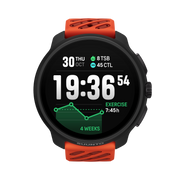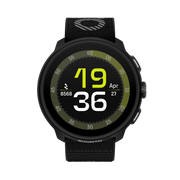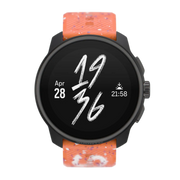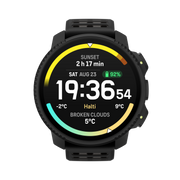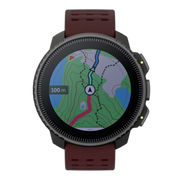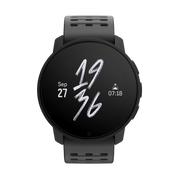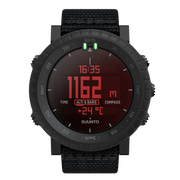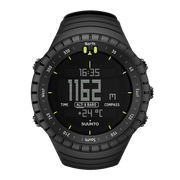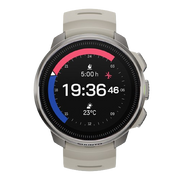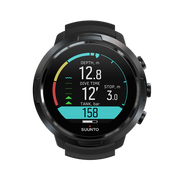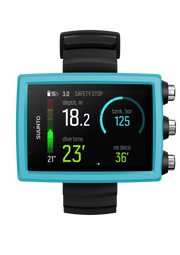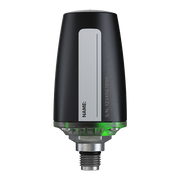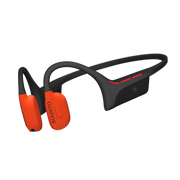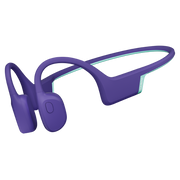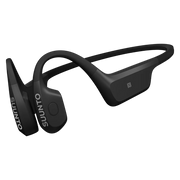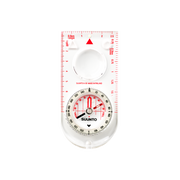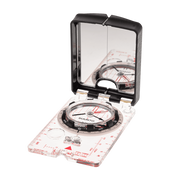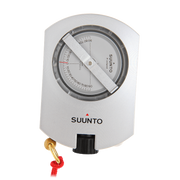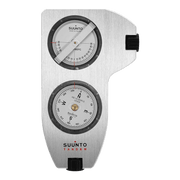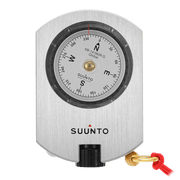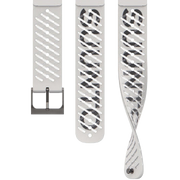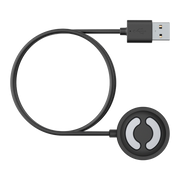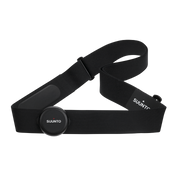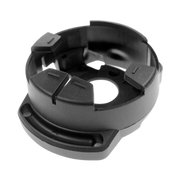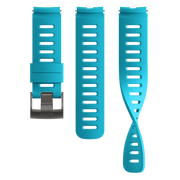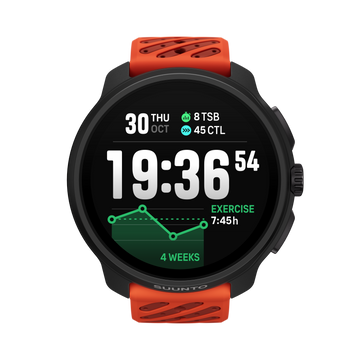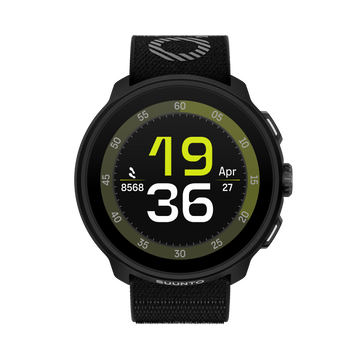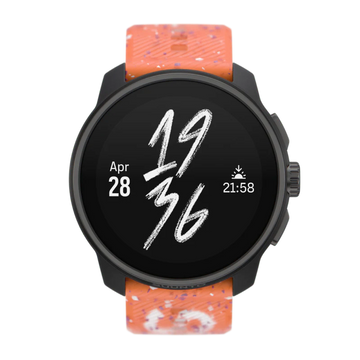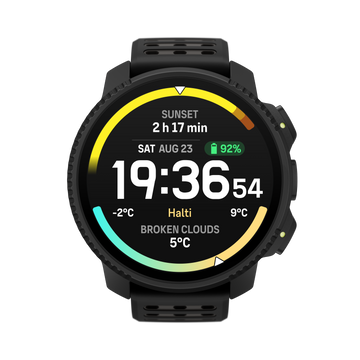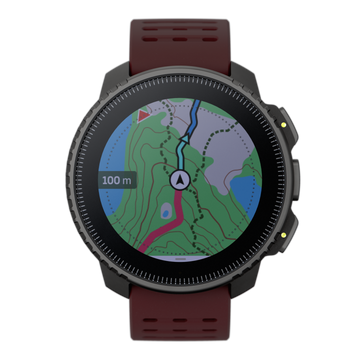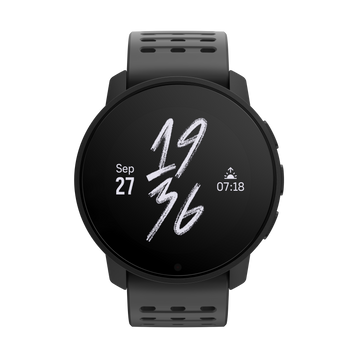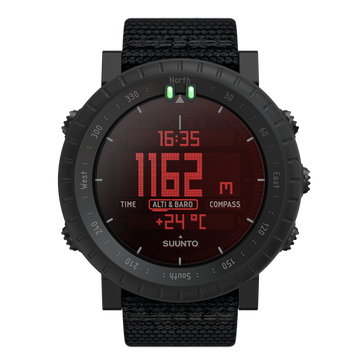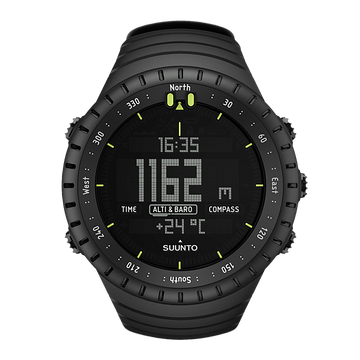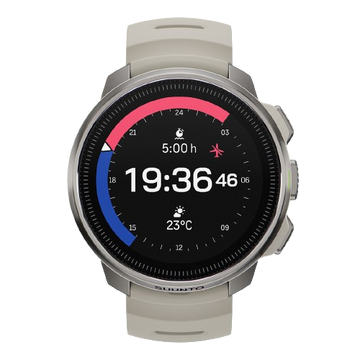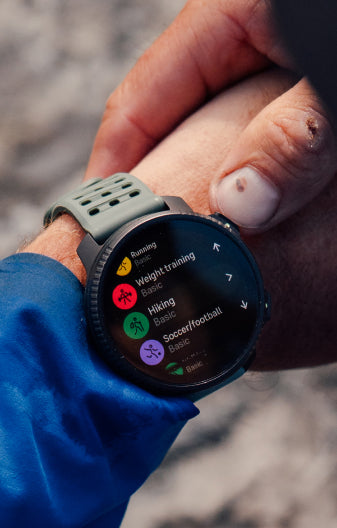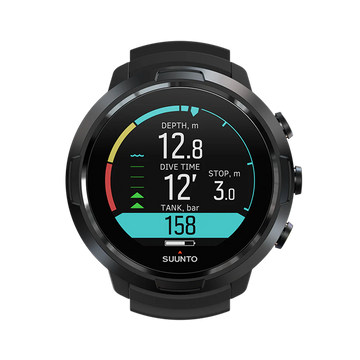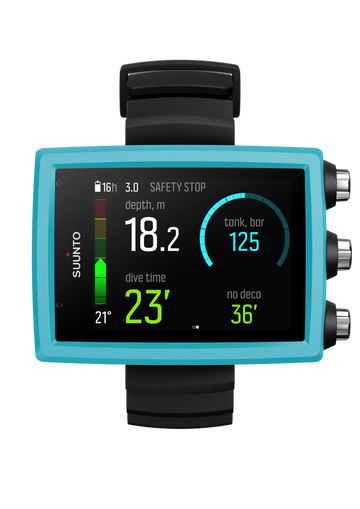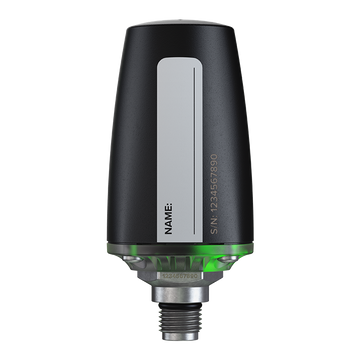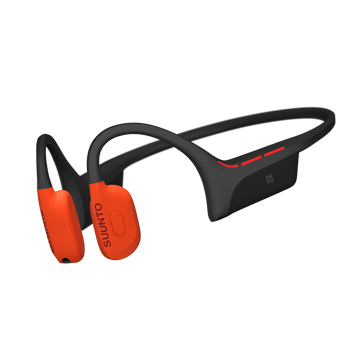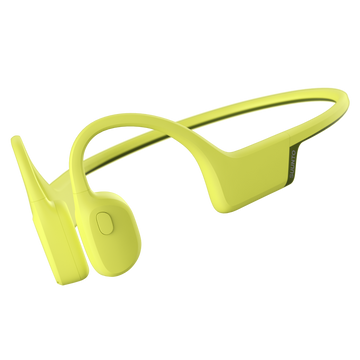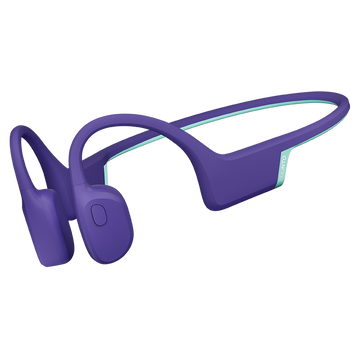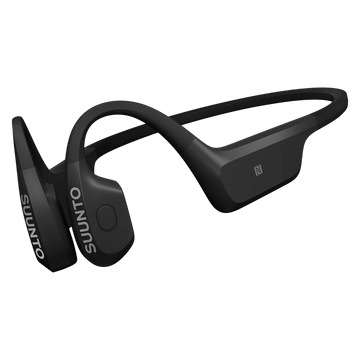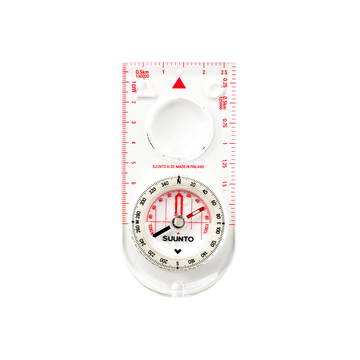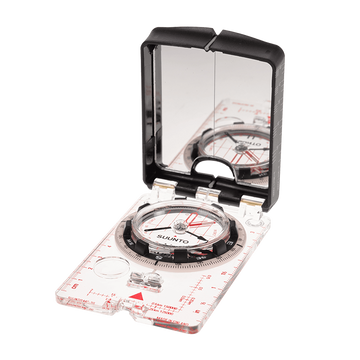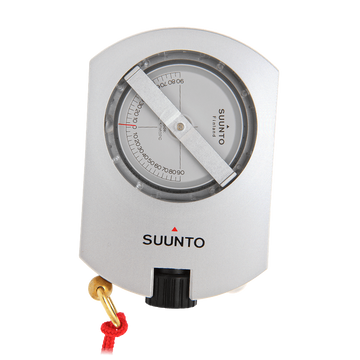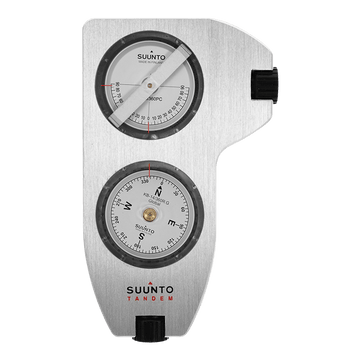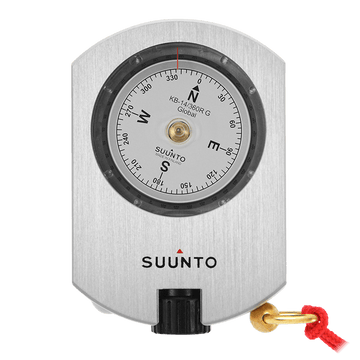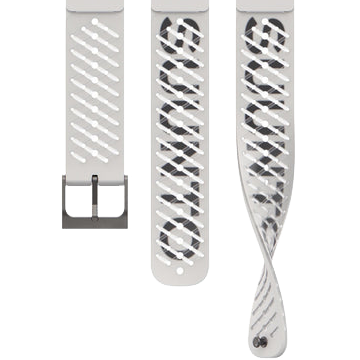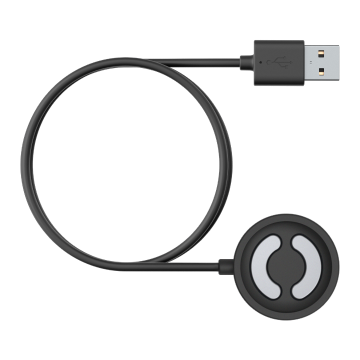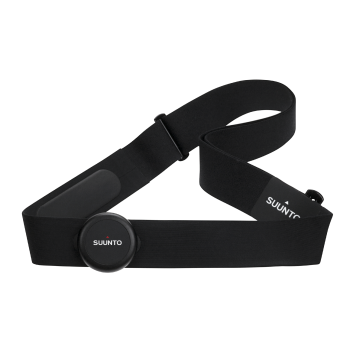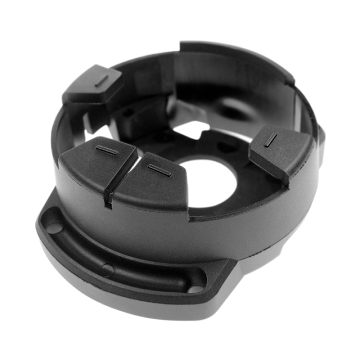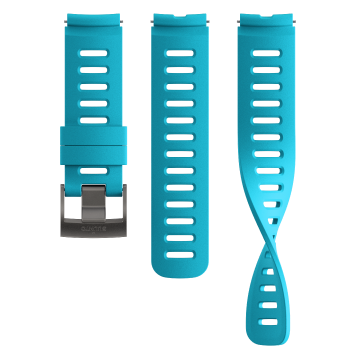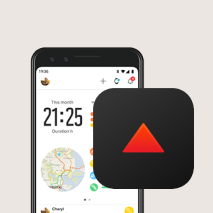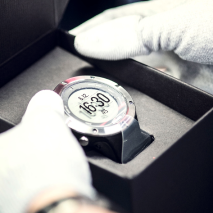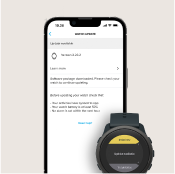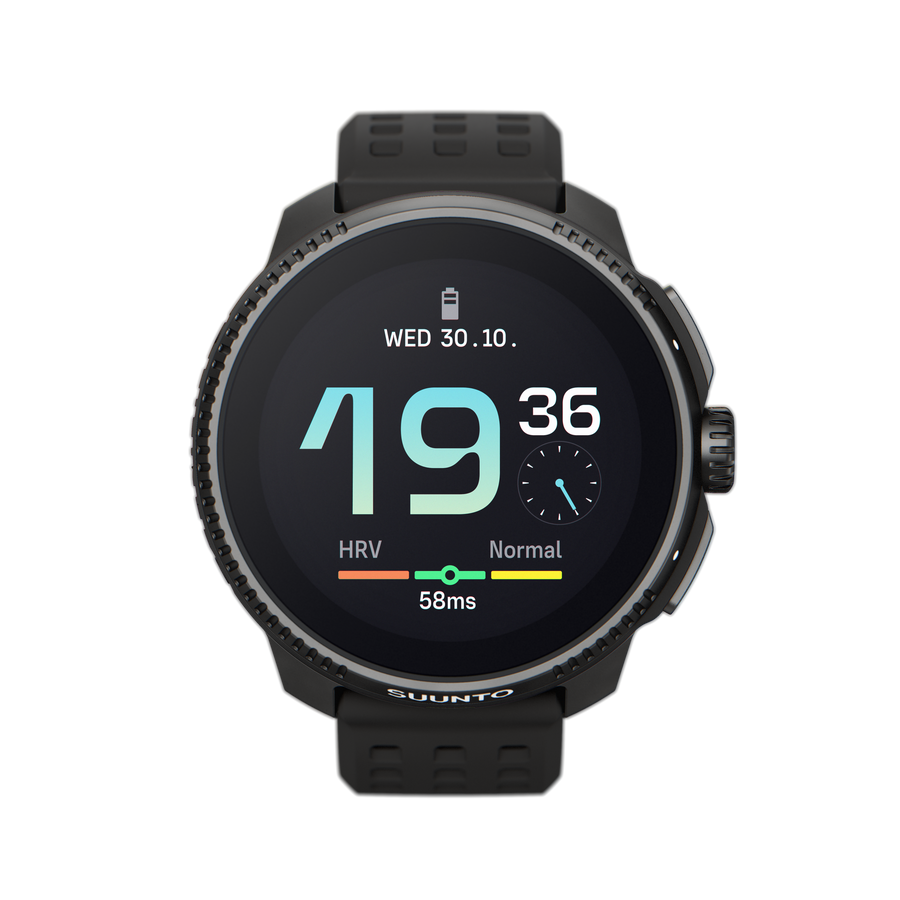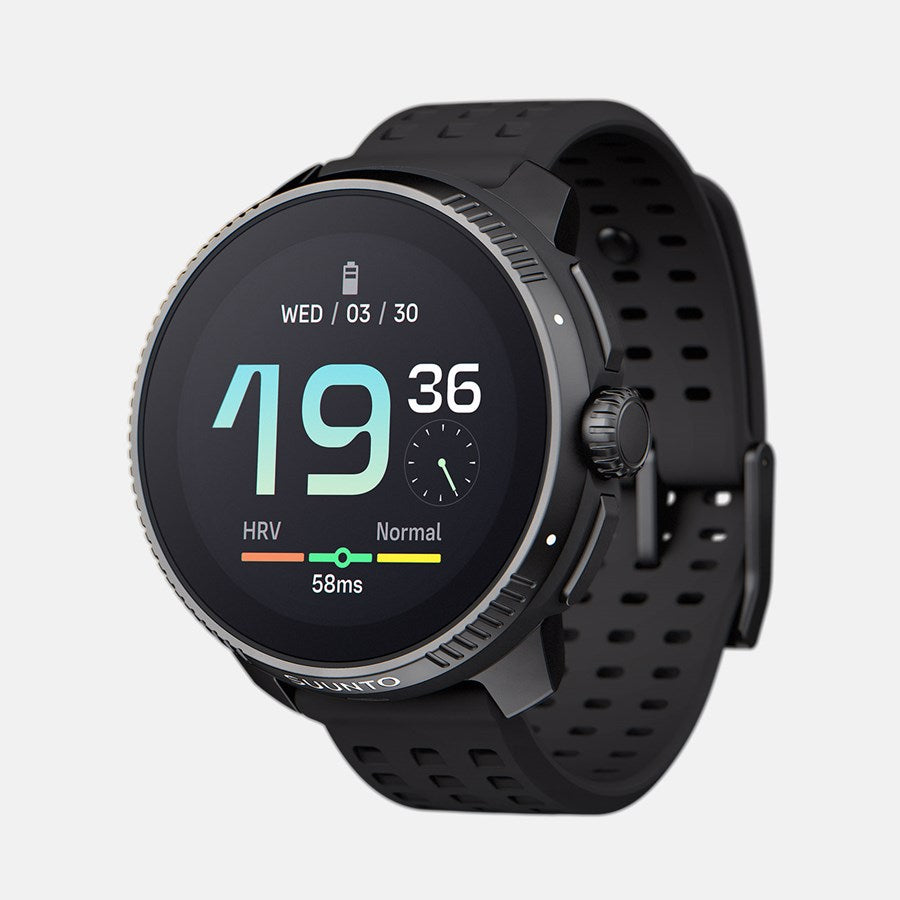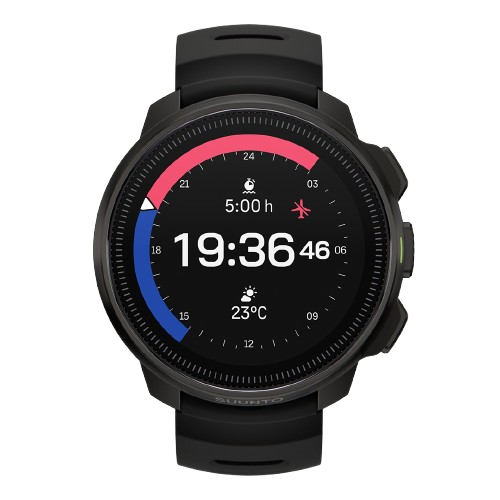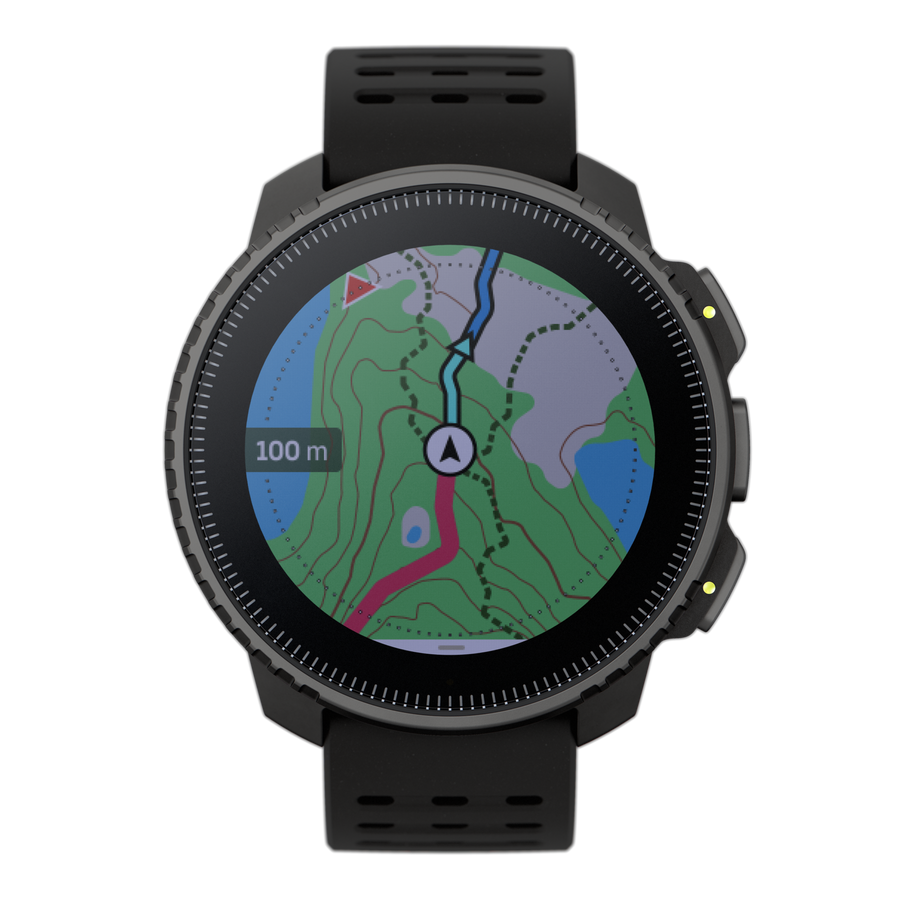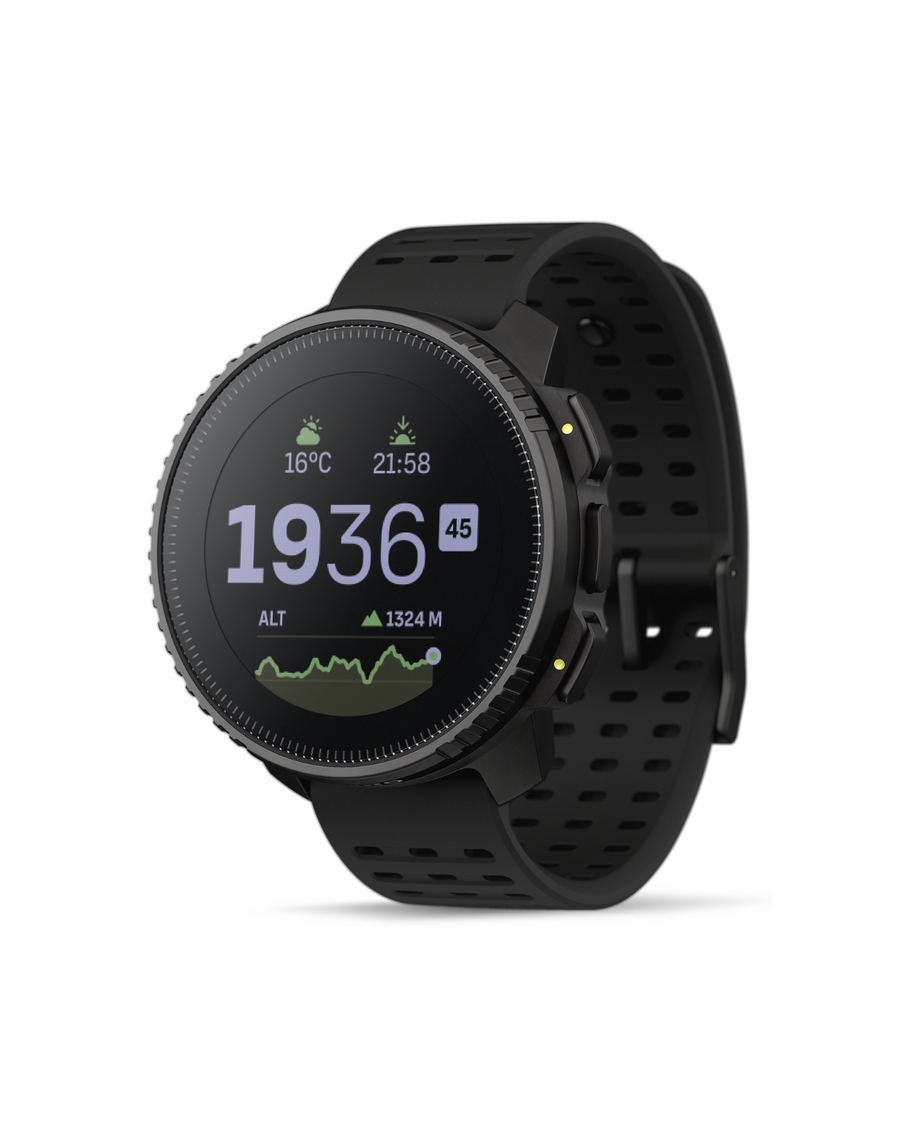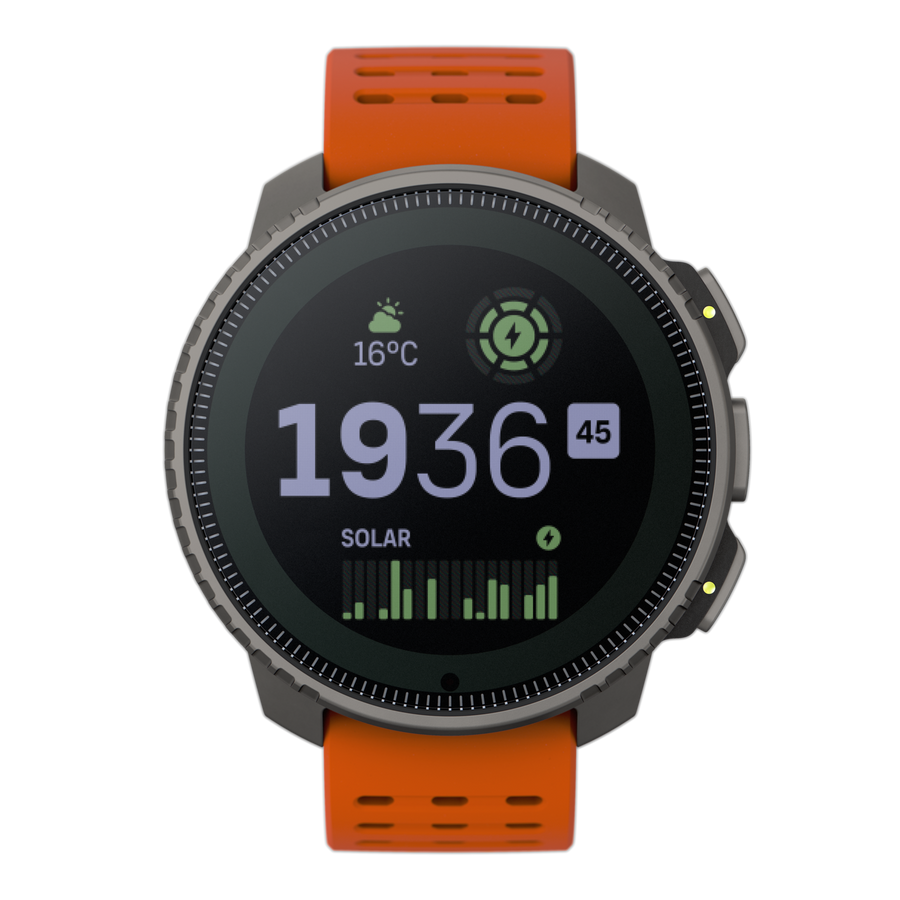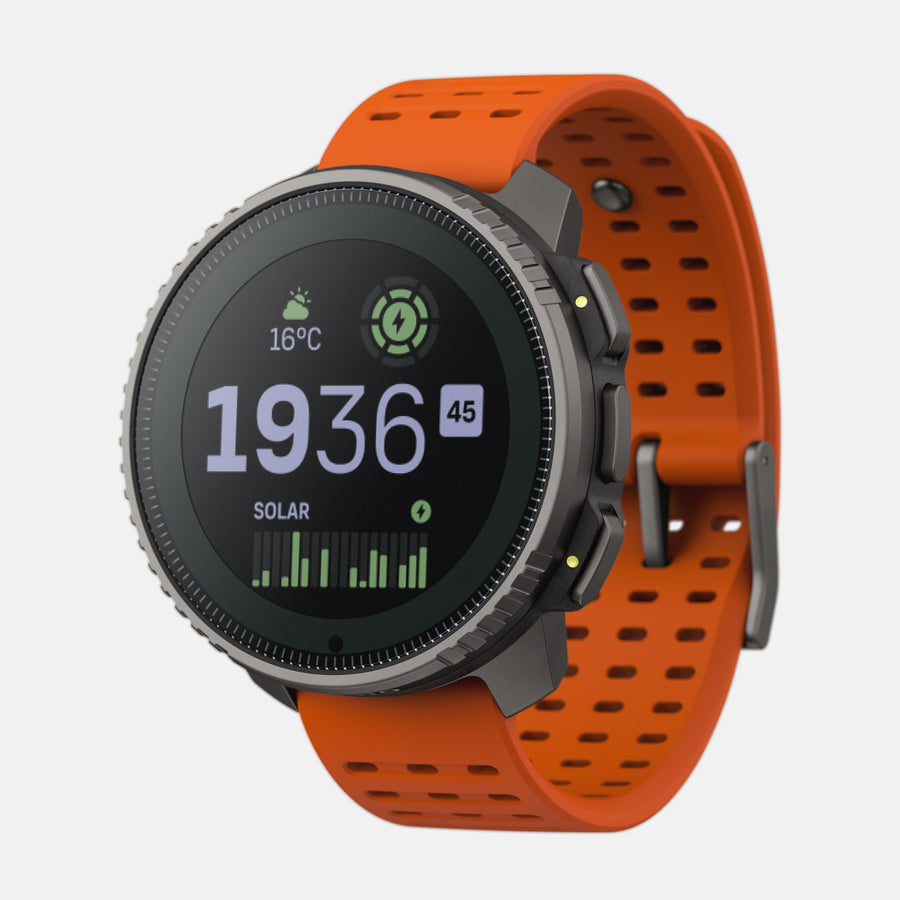Exercise is more than just giving it your all. Overexertion can leave you exhausted, while too little effort can stall your progress. Heart rate zones provide balance, guiding you to train at the right intensity. They help you burn fat, boost stamina, improve speed, and lower your risk of injury, making every workout truly effective.
Here, we will provide you with complete knowledge that explains what heart rate zones are, how to find yours, and tips to avoid mistakes.
Let's get started and make your training smarter!
Part 1. Understanding Heart Rate Zones
Heart rate refers to the number of times your heart beats per minute (BPM), indicating how hard you're working during exercise.Tracking heart rate is important because, according to Forbes, "it can indicate level of physical fitness, health status, and can even signal potential health issues."
Each heart zone represents a percentage of your maximal heart rate (MHR)—the highest rate your heart can reach during intense activity. These zones help you train with a specific goal in mind, such as building endurance or increasing speed.
Zone 1: 50%–60% of Max Heart Rate
This zone involves very light exercise, such as gentle stretching or a leisurely walk. It’s ideal for cool-downs, as it helps improve blood flow and reduces the risk of injury. Athletes often use Zone 1 for physical and mental recovery during the same training session.
Zone 2: 60%–70% of Max Heart Rate
Zone 2 heart rate is commonly referred to as the fat-burning heart rate zone. In this zone, exercise mainly works best to make the body burn fat as an energy source, as well as enhancing basic aerobic endurance. An exercise such as a brisk walk falls within this zone.
This zone is useful in building up aerobic fitness, which is extremely vital to the heart and overall well-being.
Zone 3: 70%–80% of Max Heart Rate
This zone makes you breathe deeply, and you can hardly speak in short sentences. Zone 3 is the epicentre when it comes to the betterment of heart health and muscle endurance. Moderate exercise, like steady-state running or moderate-intensity exercise classes, is included in this category. The area is especially useful when training to attend races such as half-marathons.
Zone 4: 80%–90% of Max Heart Rate
Training in zone 4 enhances speed, endurance, and metabolic efficiency to great levels. This zone includes the exercise done at the last part of your workout, such as sprinting at the end of long running. This degree of effort enables your body to become accustomed to building up the level of lactic acid so that you can push yourself harder and further.
Zone 5: 90%–100% of Max Heart Rate
This range is dedicated to maximum efforts, e.g., a sprint finish or high-level athlete performance testing. Zone 5 training focuses on anaerobic capacity and maximal strength. The high intensity is demanding, making it unsuitable for beginners, as it strains both the cardiovascular and muscular systems. Proper guidance and adequate rest are essential for those attempting this zone.

Part 2. What Is a Good Heart Rate Range for My Age?
Your maximum heart rate (MHR) decreases with age, and knowing your MHR helps define your heart rate zones. You can use a simple formula to estimate your MHR:
MHR = 220 - Your Age
For example, a 30-year-old has an estimated MHR is:
220 – 30 = 190BPM
Here's an age-based example table showing the five heart rate zones for different age groups:
|
Age |
Zone 1 (50-60%) |
Zone 2 (60-70%) |
Zone 3 (70-80%) |
Zone 4 (80-90%) |
Zone 5 (90-100%) |
|
25 |
98–118 |
118–137 |
137–157 |
157–176 |
176–195 |
|
35 |
93–111 |
111–130 |
130–148 |
148–167 |
167–185 |
|
45 |
88–106 |
106–123 |
123–141 |
141–159 |
159–176 |
|
55 |
83–101 |
101–114 |
114–132 |
132–151 |
151–170 |
Part 3. Resting Heart Rate Zones Chart
Resting heart rate is the number of times your heart beats per minute when you are at rest or not doing any physical activity. Your resting heart rate (RHR) can reveal a lot about your overall fitness.
A lower RHR often indicates better cardiovascular health as the heart works more efficiently. However, an RHR that is too low or too high may signal underlying health issues:
- Below 60 bpm: Common in athletes, signaling strong heart efficiency. In non-athletes, very low RHR (below 40 bpm) may indicate bradycardia, requiring medical advice if symptomatic (dizziness, fatigue).
- Normal (60–80 bpm): Reflects good heart health.
- High (above 100 bpm): May suggest stress, poor fitness, or health issues like hyperthyroidism or anemia.
Therefore, it is necessary to regularly track your RHR over time. A consistent increase in your RHR, even within the normal range, could indicate a need to adjust your lifestyle or seek medical advice.
Factors Affecting RHR:
- Fitness Level: More physically fit individuals tend to have lower RHRs.
- Age: RHR tends to decrease with age, but it can also be affected by overall health.
- Stress and Anxiety: Mental and emotional stress can temporarily elevate RHR.
- Medications: Some medications can affect heart rate.
- Health Conditions: Certain conditions, like infections, heart problems, and thyroid issues, can impact RHR.
A general resting heart rate zones chart to assess your fitness level based on RHR:
|
Fitness Level |
Resting Heart Rate (RHR in bpm) |
|
Excellent |
50–60 |
|
Good |
61–70 |
|
Average |
71–80 |
|
Below Average |
81–90 |
|
Poor |
91+ |
Part 4. How to Calculate Your Heart Rate Zones
Heart rate zones guide your workouts by targeting specific intensities for goals like endurance, fat burning, or speed. Here’s a streamlined step-by-step guide to calculate them, enhanced by using a high-quality heart rate monitoring tool for precision.
1. Measure Your Heart Rate Accurately
A premium heart rate monitor, such as the Suunto Smart Heart Rate Belt, delivers medical-grade accuracy for serious training and professional athletic performance.
This advanced heart rate belt technology provides unmatched reliability for athletes, runners, and fitness enthusiasts who demand precise cardiovascular data:
- Provides precise heart rate data with all-day comfort.
- Measures reliably during sports that disrupt wrist sensors.
- Stores heart rate data when the watch is out of range.
- Connects with the Sports Tracker app on Android, iOS, and watchOS.
- Offers waterproof protection and delivers 500 hours of battery life.
2. Find Your Maximum Heart Rate (Max HR)
Estimate your Max HR with the formula: 220 minus your age (e.g., a 30-year-old’s Max HR is190 bpm). For better accuracy, wear Smart Belt during a supervised max effort test (e.g., a sprint or cycling session) to capture your true Max HR, ideally with a coach’s guidance.
3. Calculate Your Training Zones
Once you have Max HR, let your watch or training app calculate automatically, or do it manually:
Zone X lower bound=Max HR×lower percentage
Zone X upper bound=Max HR×upper percentage
Example: Max HR = 190 bpm, Zone 2 (60–70%)
190×0.6=114 bpm
190×0.7=133 bpm
Then in this case zone 2 is 114–133 bpm.
Once you have your five zone numbers, you can align your training zones with your goals:
- Zone 1 (50–60%): Light effort for recovery or warm-ups (e.g., 95–114 bpm for a 190 Max HR).
- Zone 2 (60–70%): Moderate effort for endurance and fat burning (114–133 bpm).
- Zone 3 (70–80%): Aerobic zone for cardiovascular fitness (133–152 bpm).
- Zone 4 (80–90%): High intensity for speed and stamina (152–171 bpm).
- Zone 5 (90–100%): Maximum effort for short, intense bursts (171–190 bpm).

Part 5. Common Mistakes in Heart Rate Zone Training
Training based on heart rate isn't foolproof. Here are common mistakes to avoid and how to fix them:
- Using an Inaccurate Max HR: Relying only on 220-age formula, which may be off by 10–20 bpm.
- Skipping Warm-Ups/Cool-Downs: Jumping into high zones or skipping recovery, stressing the heart.
- Training in the Wrong Zone: Mismatching zones with goals, causing overtraining or slow progress.
- Ignoring External Factors: Overlooking stress, dehydration, or heat, which skew heart rate data.
- Improper Device Use: Wearing the Smart Heart Rate Belt too loosely or neglecting maintenance, leading to inaccurate readings.
- Ignoring Body Signals: Following zones rigidly while ignoring fatigue or discomfort.
- Not Updating Zones: Using outdated zones as fitness or age changes, reducing training effectiveness.
Final Thoughts
Learning to understand the different heart rate zones and how to avoid the most common training errors in those different zones is a sure way to achieve the fitness objectives you set for yourself. The proper advice and equipment are important when it comes to achieving goals such as fat burning or strength gain.
At Suunto, you will find everything that keeps you on track towards your goals, including a wide range of fitness products, such as heart rate belts and performance-tracking sports watches.
